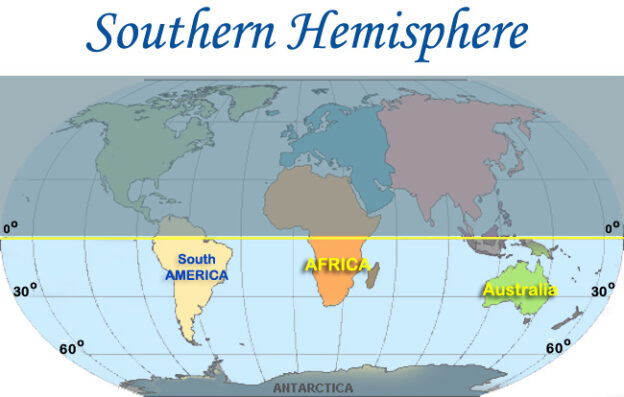When I took my wine exam this past May, I was required to complete a blind tasting of 12 wines organized into four flights of three wines each. The goal of the first flight is to identify the common grape variety. I thought I had it in the bag, until I reached the final question.
When the wines for the first flight (common grape variety) were placed in front of me, I was pretty sure I knew what they were immediately. Based on color alone, the white wines ranged from pale to medium lemon, with the latter likely indicating oak aging. I then took a quick sniff of all three and the oak was very obvious on the last wine. There are very few white wines that are aged in oak, with Chardonnay being the most obvious.
So I was pretty sure I had Chardonnay for the first flight. I proceeded to smell and taste, then write copious tasting notes on each wine. When I was done, I was very confident in my assessment. As expected, we were asked us to identify the common grape variety and our justification. My justification was based on the varying levels of oak usage throughout the wines in the flight.
Then I looked at the final question, and it threw me for a bit of a loop. It stated that all three wines were from a country in the Southern Hemisphere, and we were asked to identify and justify each wine’s country of origin. My confidence took a hit, but I gave it my best shot…and it turns out I got them all correct! How did I do it? Let’s break it down.
- Wine #1: This wine was light, delicate and crisp. It had good acidity with bright, citrusy flavors and aromas of lemon, lime and green apple along with a steely minerality. It was the lightest bodied of the three wines and had very little to no oak influence. I correctly guessed this wine was from New Zealand. New Zealand is known for very clean wines with great purity of fruit. New Zealand’s rich history in the dairy industry meant they had a deep and long-standing commitment to cleanliness and anti-bacterial production processes, which gave their wine industry a significant advantage when it started up in the 1970s. Winemakers in New Zealand prefer to showcase this fresh, clean fruit character rather than mask it with excess oak. Dog Point Chardonnay 2018, Marlborough, New Zealand.
- Wine #2: This wine was refined and elegant, with nice oak character on the nose, but it was well integrated with ripe citrus and peach notes. It was medium bodied with a slightly creamy texture from malolactic fermentation, but wasn’t overly buttery at all. If I hadn’t known it was a Southern Hemisphere wine, I would have guessed Burgundy. That was actually a clue that led me to correctly identify this wine as South African. As with many South African wines, this region sits decidedly between Old World and New World in style. Their wines are flavorful and ripe due to the warm new world climate, but offer the elegance and balance often seen in old world wines. In fact, this wine was from Franschoek, an area of South Africa that was settled by the French, who introduced their knowledge and style of French viniculture that can still be found in many of the wines today. Cape Chamonix Chardonnay 2019, Franschhoek, South Africa.
- Wine #3: This was the biggest and oakiest of the wines in the flight. The oak was dominant, almost to the point where it was tricky to pick out distinct fruit characters. On the palate it was big and full bodied with a buttery texture. I could have gone with either Chile or Australia on this one, but correctly chose Chile. I find Chilean wines to be most similar to Californian wines, especially those from the warm Central Valley. They are big, rich and fruity, but have a distinct earthy character that separates them from California. This wine also showed very little elegance and didn’t have as much balancing acidity to offset its weight. It was the lowest quality wine of the flight. Both Australia and Chile produce a good amount of inexpensive wine, but it was the acidity that led me to Chile. I tend to find Australian wines, even at the lower quality levels, have good acidity (many times because they generously add acidity to wines that are often over-baked from that hot Aussie sun). The big style, loads of oak and moderate acidity led me to a Central Valley Chardonnay from Chile. Chateau Los Boldos Tradition Reserve Chardonnay 2021, Cachapoal, Chile.
There are always wide ranging variations on a wine’s style within a country or wine region, so while these rules may apply generally, you will not always find them to be true in every wine you try from these regions. There are plenty of low-quality, bulk wines to be found in South Africa, and similarly, there are many phenomenal, high quality, elegant wines to be found in Chile. One of the things to remember about these wine exams is that they are not always trying to trick you. In many cases, they want you to be able to identify the “classic” or “common” markers of a wine/region/country.
If you haven’t yet started exploring Southern Hemisphere Chardonnays, you can always use the guidance above to start with the country that most suits your Chardonnay palate. Cheers, and happy exploring!






